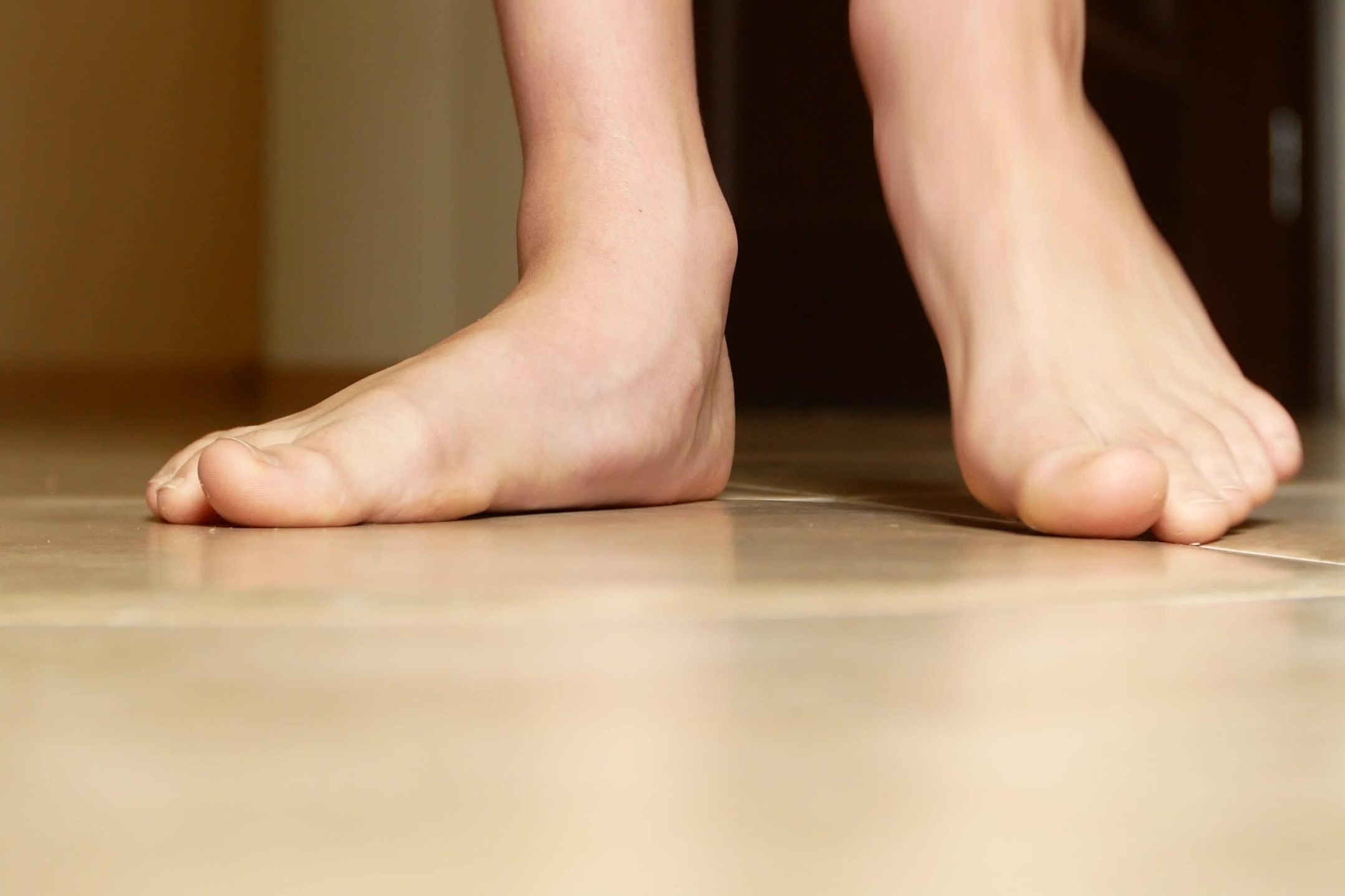
Flat feet in children: how to recognise them and what to do about it
Flat feet are a common occurrence in young children and tend to reduce as they get older. When is it necessary to intervene?
During the first few steps, almost all children present a conformation of the foot with a very reduced plantar vault due, in most cases, either to subcutaneous fat that remains from birth or to other factors involved in walking.
This is a minor pathology but, especially in children, it must be treated and diagnosed early to avoid consequences over time.
CHILD HEALTH: LEARN MORE ABOUT MEDICHILD BY VISITING THE BOOTH AT EMERGENCY EXPO
Flat feet in children and adolescents
There are various stages of severity in relation to
- foot drop inwards (pronation);
- age;
- poor active correctability;
- presence or absence of pain.
In most cases, flat feet in children are asymptomatic, whereas in adolescents they can be painful.
The altered ground support of the foot and the different distribution of weight on the sole can be the initial cause of foot pain and, as the child grows, the cause of the development of plantar fasciitis and hallux valgus.
Flat feet in children do not usually require major concern at least until 6-7 years of age.
A flat foot has no great difficulty in running or in other sporting activities: the only alarm bells ring when the foot begins to ache, leading to the need to consult a specialist.
Even the progression of a flat foot up to the age of 9 to 10 years requires specialist advice, as a pronated foot may suffer pain, functional and sports performance problems.
Pronatory syndrome is a paraphysiological and biomechanical anomaly which, in most cases, tends to correct itself, especially when the subject begins to walk and play sport.
Flat-footedness is therefore a defect in the joint movement between the talus and the calcaneus, resulting in a laxity of the ligaments.
Flat feet in children: how to make a correct diagnosis
To diagnose a flat foot, one must first undergo clinical examinations.
If the foot is free to move, children should be followed up until the age of 9-10 years, at which point it is assessed whether the pronation of the flat foot is marked with, perhaps, some discomfort during running or other physical activities.
It is necessary to monitor the situation of the child’s feet by questioning the child about any pain symptoms and, if so, the frequency.
In this regard, it is very important to observe the child while walking both in shoes and barefoot and to assess the state of wear and tear of the footwear.
If this is the case, it may be possible to correct it by means of conformed insoles or a minimally invasive surgical intervention.
This, however, must be done after an X-ray, especially since, many times, the pain in the subastragalic joint can be traced back to countless other causes.
Other more specific examinations are CT scans or MRI scans to exclude other pathologies that could be oncological, infectious or inflammatory.
How to treat flat feet
Not everyone who has had a flat foot since birth suffers a persistent defect.
Correction of flat feet is indicated exclusively in certain cases and in a certain age group (8-9 years): if the subject is pain-free, good physical activity and gymnastics can correct this anomaly without recourse to corrective insoles or surgery.
In some of these children, however, the feet do not tend to self-correct because their motor pattern has remained the same as when they were small or because they already have particular anomalies in the two bones of the foot that favour the persistence of flatness.
In such cases, sporting activity is always beneficial but in moderation: in a situation of such accentuated pronation, too much activity would only worsen the situation.
Flat foot: surgery
The operation, known as arthrorisis, involves the introduction of a small 9-10 mm diameter screw between the two main bones of the foot (talus and calcaneus) through a small skin incision.
The screw, which is endosenotarsal, opposes the pronation of the calcaneus by raising the plantar vault, thus correcting the position of the foot.
This correction, initially mechanical, later takes on a proprioceptive role, as the muscles responsible for maintaining the vault are stimulated.
The procedure takes about 10 minutes.
It is therefore advisable to have a check-up at least once a year.
If the child with flatulence presents painful episodes, he should be referred immediately to a paediatric orthopaedic specialist.
Read Also:
Orthopaedics: What Is Hammer Toe?
Occupational (And Non-Occupational) Diseases: Shock Waves For The Treatment Of Plantar Fasciitis


